Dutchman's Pipe Info: Learn About Growing And Caring For Pipe Vines
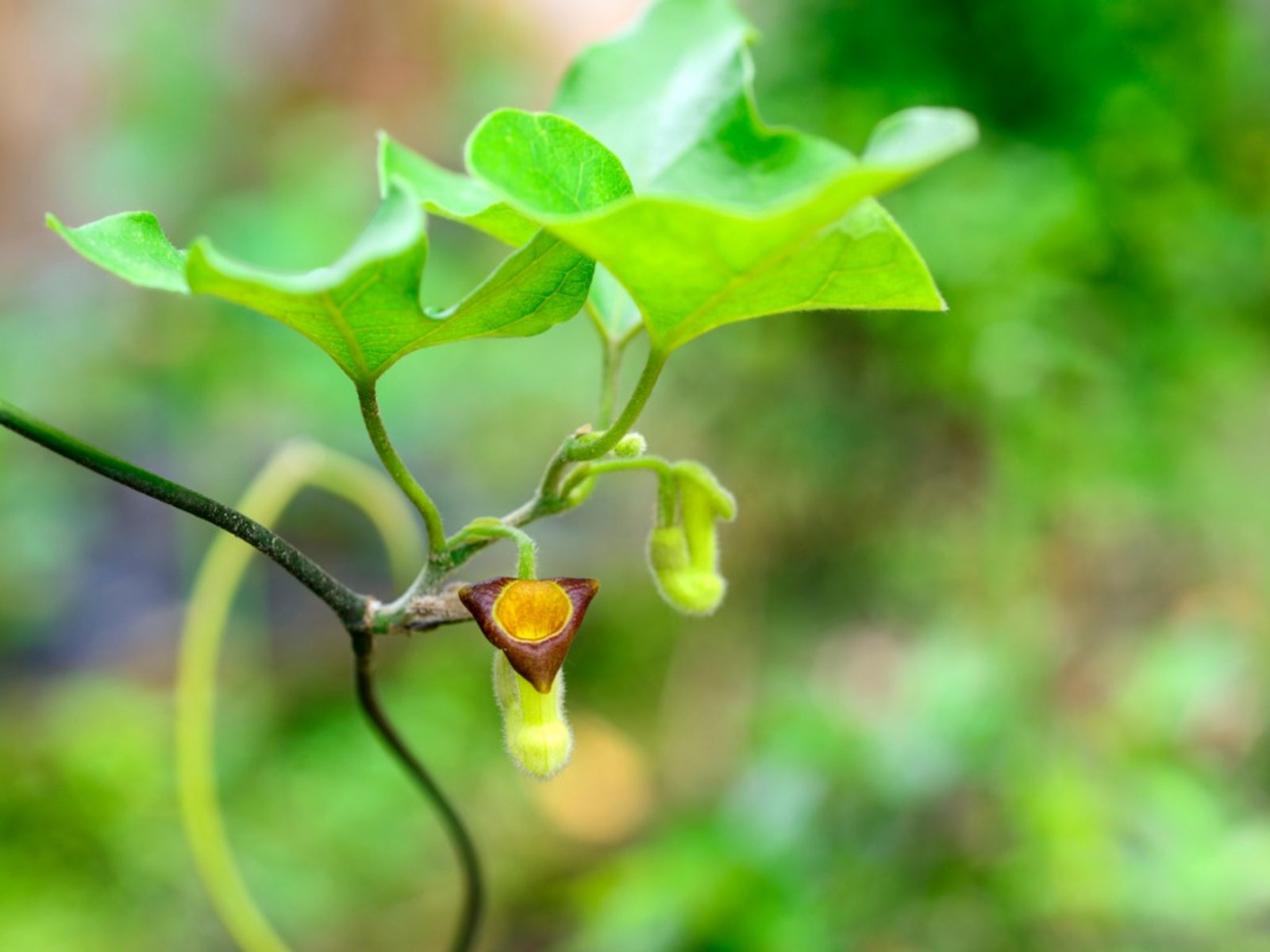

If you are looking for a striking plant, try a Dutchman's pipe (Aristolochia macrophylla). The plant is a woody vine that produces flowers shaped like curved pipes and large heart-shaped leaves. The flowers attract pollinating flies with an odor like rotting meat. Learn how to grow Dutchman's pipe for a unique plant that will get talked about in your garden.
Dutchman's Pipe Info
The plant is also called pipe vine and is suitable for gardens in USDA zones 8 to 10. The vine is usually only 10 to 15 feet (3-4.5 m.) long but can get as long as 25 feet (7.5 m.) in perfect growing conditions. Growing a Dutchman's pipe requires a trellis or vertical structure to support the twining stems and wide foliage. The large heart-shaped leaves alternate along a woody stem.
The flowers appear in late spring and early summer. They are a tinged plum color with speckles. An interesting bit of Dutchman's pipe info is its one-time use as an aid to childbirth because of its resemblance to a human fetus. This property leads to another of the vine's names, birthwort.
Dutchman's pipe vines are also host plants for swallowtail butterflies and provide habitat for beneficial insects.
How to Grow Dutchman's Pipe
Dutchman's pipe prefers sunny to partially sunny locations where soils are moist but well drained. You may want to plant this vine downwind of your doorway. The flowers have a variety of unpleasant scents, mostly mimicking carrion. This foul odor is attractive to flies that pollinate the flowers, but you and your guests may find it offensive. You can grow a Dutchman's pipe from seed.
Harvest the seedpods after they have dried on the vine. Sow them indoors in seed flats and transplant outdoors after the soil has warmed to at least 60 degrees F. (15 C.). A more common way of growing a Dutchman's pipe vine is from stem cuttings. Take them in spring when terminal growth is new and root in a glass of water. Change the water daily to prevent bacterial build-up and transplant the stem to soil when it has a thick clump of roots.
Dutchman's pipe care for young plants requires training to a vertical surface. You may try growing a Dutchman's pipe vine in a pot for a year or two. Choose a large pot and place it in sheltered location.
Gardening tips, videos, info and more delivered right to your inbox!
Sign up for the Gardening Know How newsletter today and receive a free copy of our e-book "How to Grow Delicious Tomatoes".
Caring for Pipe Vines
The biggest need of Dutchman's pipe vine care is plenty of water. Do not allow the soil to dry out completely when caring for pipe vines in containers. Plants in the ground will also need supplemental watering. Fertilize annually in spring and prune as needed to keep the plant in control.
Pinch back young growth to promote thicker plants. Pruning of Dutchman's pipe may also be necessary to keep its growth manageable. The plant is not frost hardy, but will remain an evergreen vine in warmer climates. In most USDA growing zones, the plant may be grown in a greenhouse. If outdoor plants are threatened by a frost, mulch around the base to protect the roots.
When spring arrives and temperatures warm up, the plant will leaf out again and produce the fantastic flowers again. The vine does not have any serious pest or disease problems, but always watch your plants and treat at the first sign of an issue.

Bonnie Grant is a professional landscaper with a Certification in Urban Gardening. She has been gardening and writing for 15 years. A former professional chef, she has a passion for edible landscaping.
-
 Looking For Plants To Give You The Soft And Fuzzies? Try These 5 Fuzzy Leaf Plant Options
Looking For Plants To Give You The Soft And Fuzzies? Try These 5 Fuzzy Leaf Plant OptionsLovers of texture, drama, silver foliage and tactile plants will adore these special sensory garden additions. These fuzzy leaf plant options will leave you all aglow
By Susan Albert
-
 Get Ready For A Summer Of Hummers! Grow These Full Sun Hummingbird Plants and Flowers
Get Ready For A Summer Of Hummers! Grow These Full Sun Hummingbird Plants and FlowersIf you’re lucky enough to enjoy a sunny backyard, make sure you are maxing out on your pollinator opportunities and grow these full sun hummingbird plants and flowers
By Tonya Barnett
-
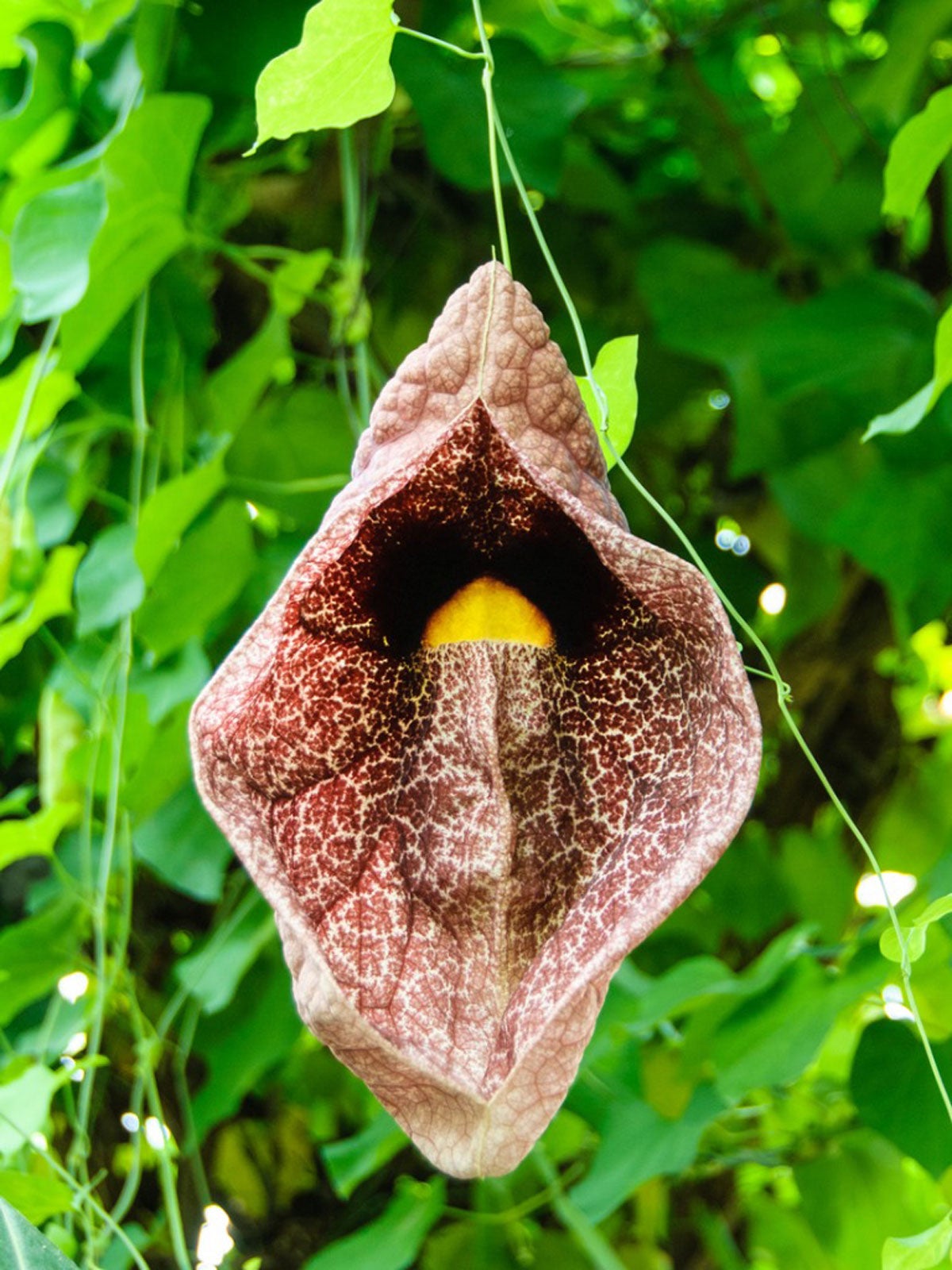 Aristolochia And Butterflies: Does Dutchman’s Pipe Harm Butterflies
Aristolochia And Butterflies: Does Dutchman’s Pipe Harm ButterfliesDutchman’s pipe is a vigorous climbing vine. It has many beneficial uses in the garden, but does it harm butterflies? Dutchman’s pipe butterfly toxicity actually depends on the variety. Click here to find out more.
By Amy Grant
-
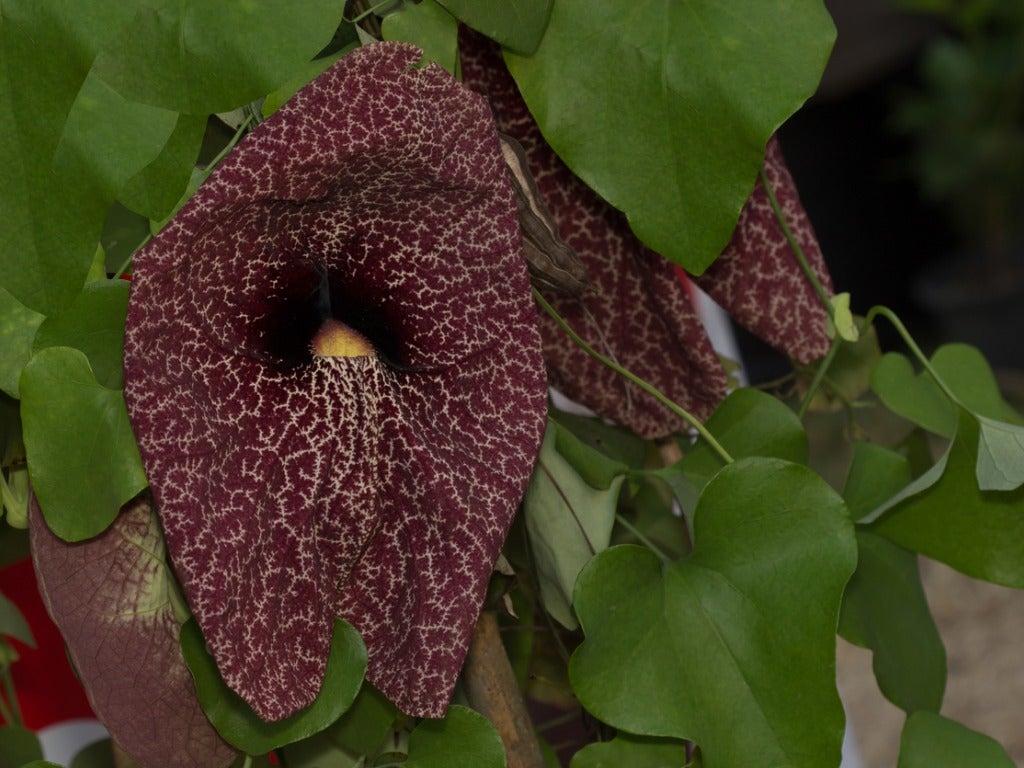 Dutchman’s Pipe Varieties: How To Grow Giant Dutchman’s Pipe Flowers
Dutchman’s Pipe Varieties: How To Grow Giant Dutchman’s Pipe FlowersInterested in learning how to grow giant Dutchman’s pipe vine? It’s surprisingly easy. Click here for more information on Giant dutchman’s pipe plant. You’ll also find out information on alternative varieties to protect butterflies in the area.
By Mary H. Dyer
-
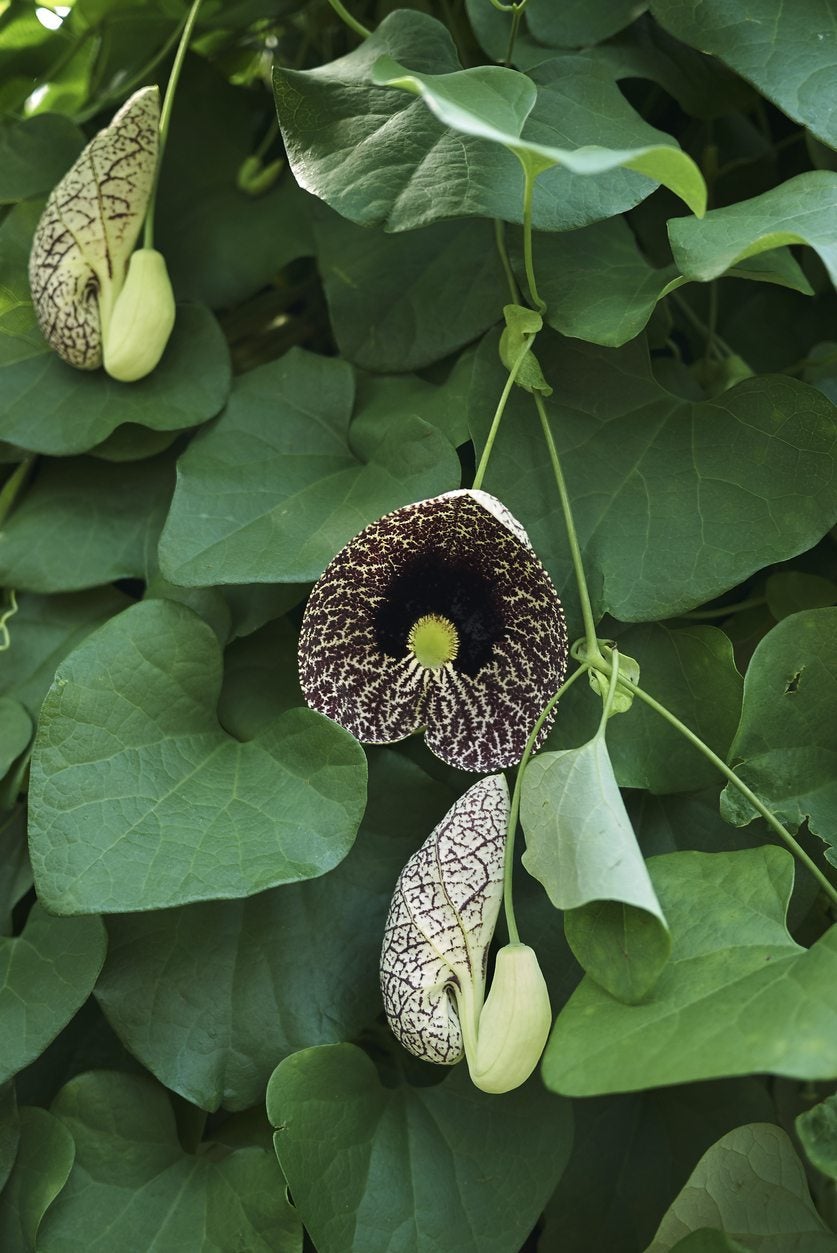 Calico Vine Information: Learn How To Grow A Calico Vine
Calico Vine Information: Learn How To Grow A Calico VineThe calico vine or flower is a perennial native to Brazil that resembles its relative, the dutchman's pipe, and even commonly shares the name for the shape of its bloom. This climbing vine is a pretty addition to warm-climate gardens. Learn about the plant in this article.
By Mary Ellen Ellis
-
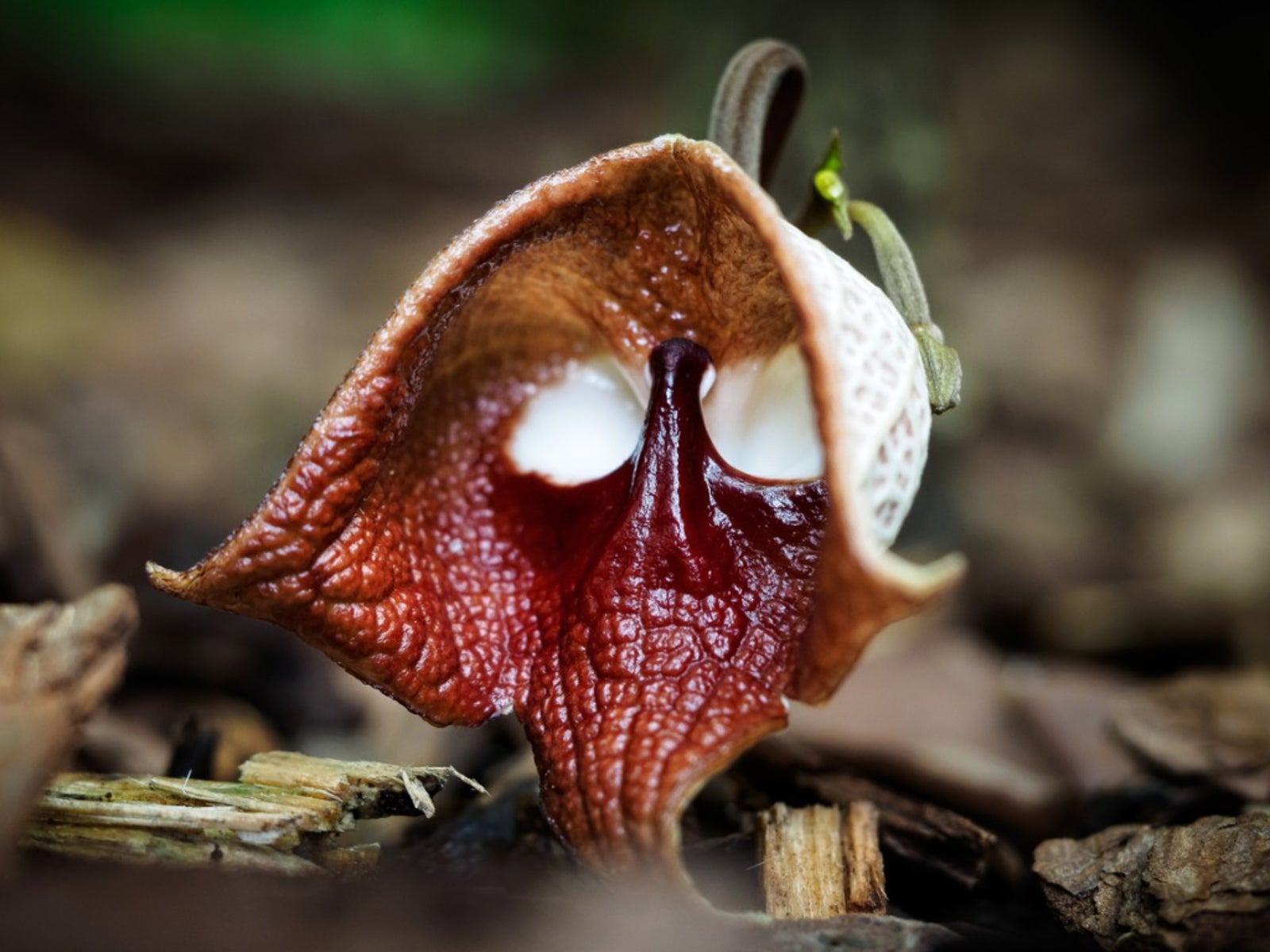 Aristolochia Pipevine Plants: Is Growing Darth Vader Flowers Possible
Aristolochia Pipevine Plants: Is Growing Darth Vader Flowers PossibleWhile the Internet abounds with pictures and colorful photos of Aristolochia pipevine plants, most people will never have an opportunity to see this rare plant in its natural environment. Learn more about the plant in this article.
By Mary H. Dyer
-
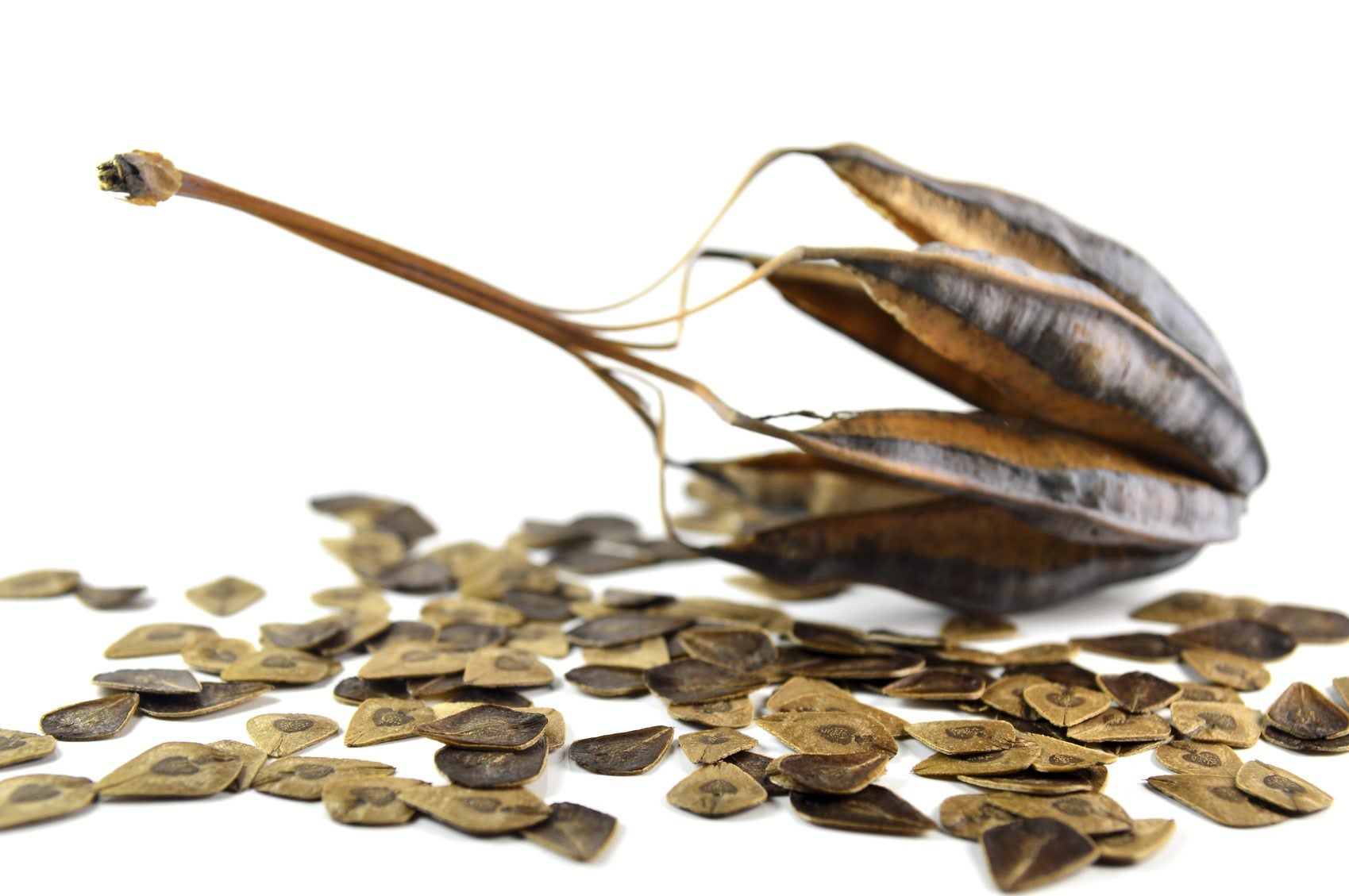 Collecting Dutchman's Pipe Seed Pods – Growing A Dutchman’s Pipe From Seeds
Collecting Dutchman's Pipe Seed Pods – Growing A Dutchman’s Pipe From SeedsDutchman's pipe (is a perennial vine with heart-shaped leaves and unusual blossoms. The flowers look like small pipes and produce seeds that you can use to grow new plants. If you are interested in starting Dutchman's pipe from seeds, this article can help.
By Teo Spengler
-
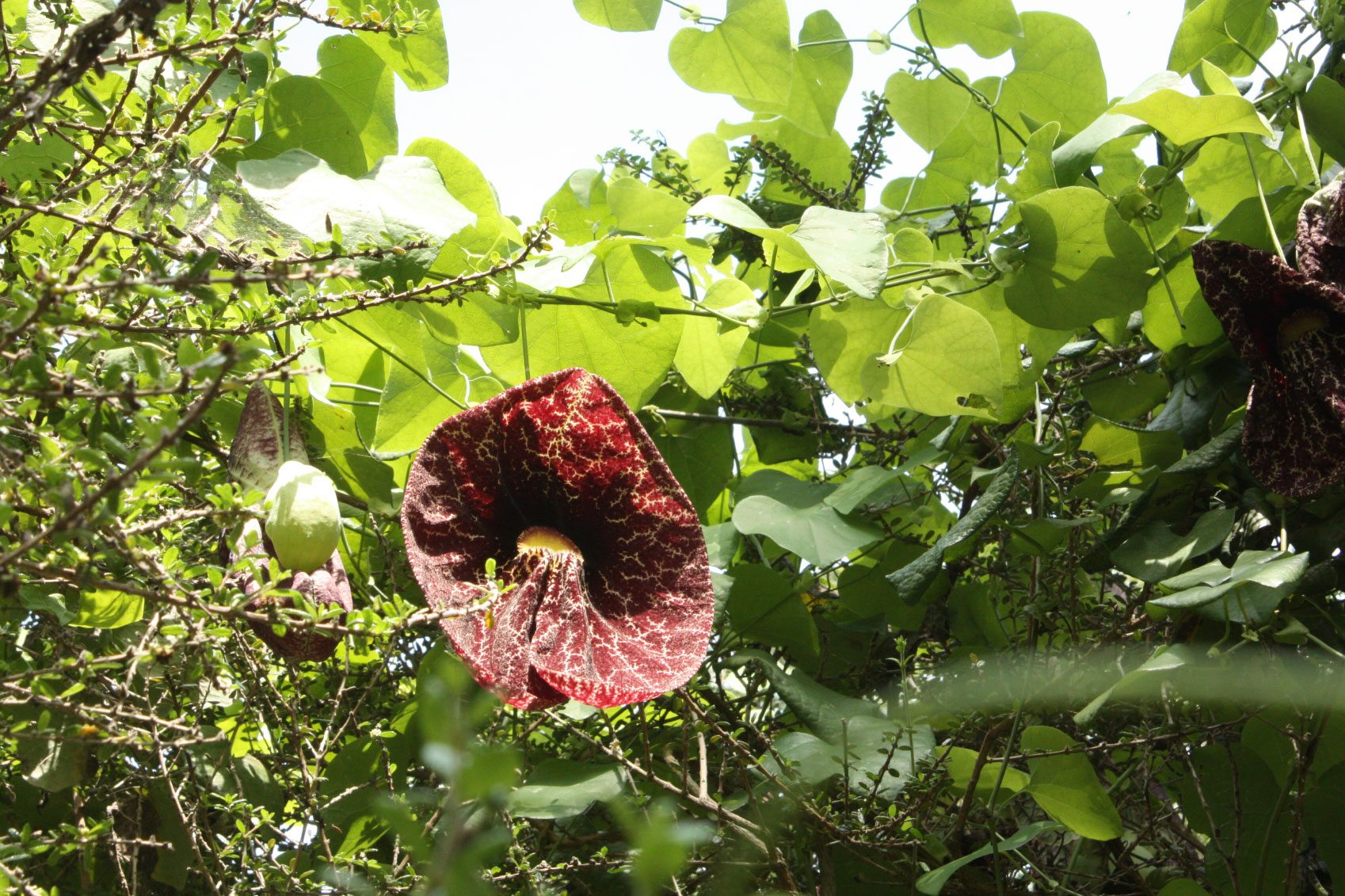 Information On Dutchman's Pipe Pruning And When To Prune Dutchman's Pipe Vine
Information On Dutchman's Pipe Pruning And When To Prune Dutchman's Pipe VineThe dutchman's pipe plant can be pruned anytime you want to get rid of too many new shoots or old wood. There are also specific times of year to prune, however. This article can help with that.
By Kathee Mierzejewski